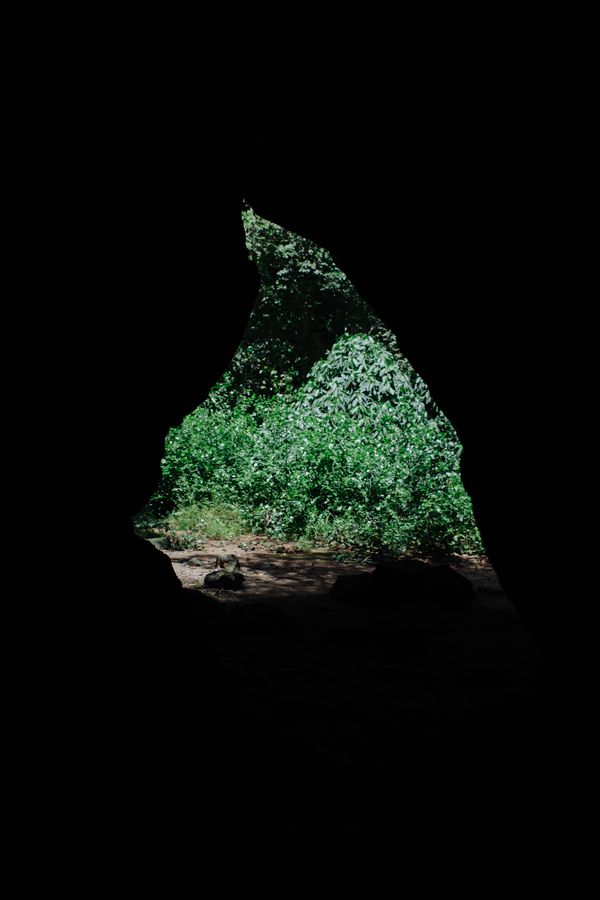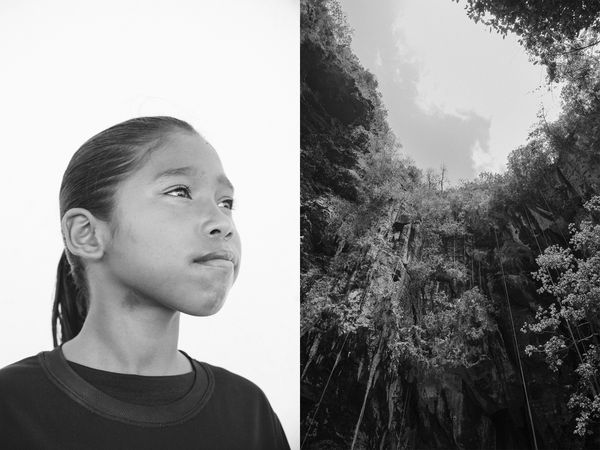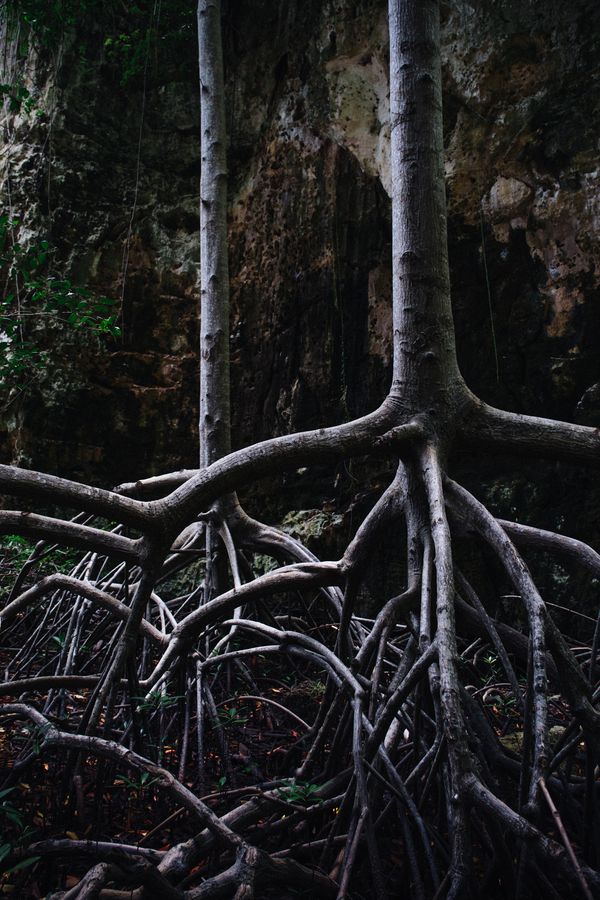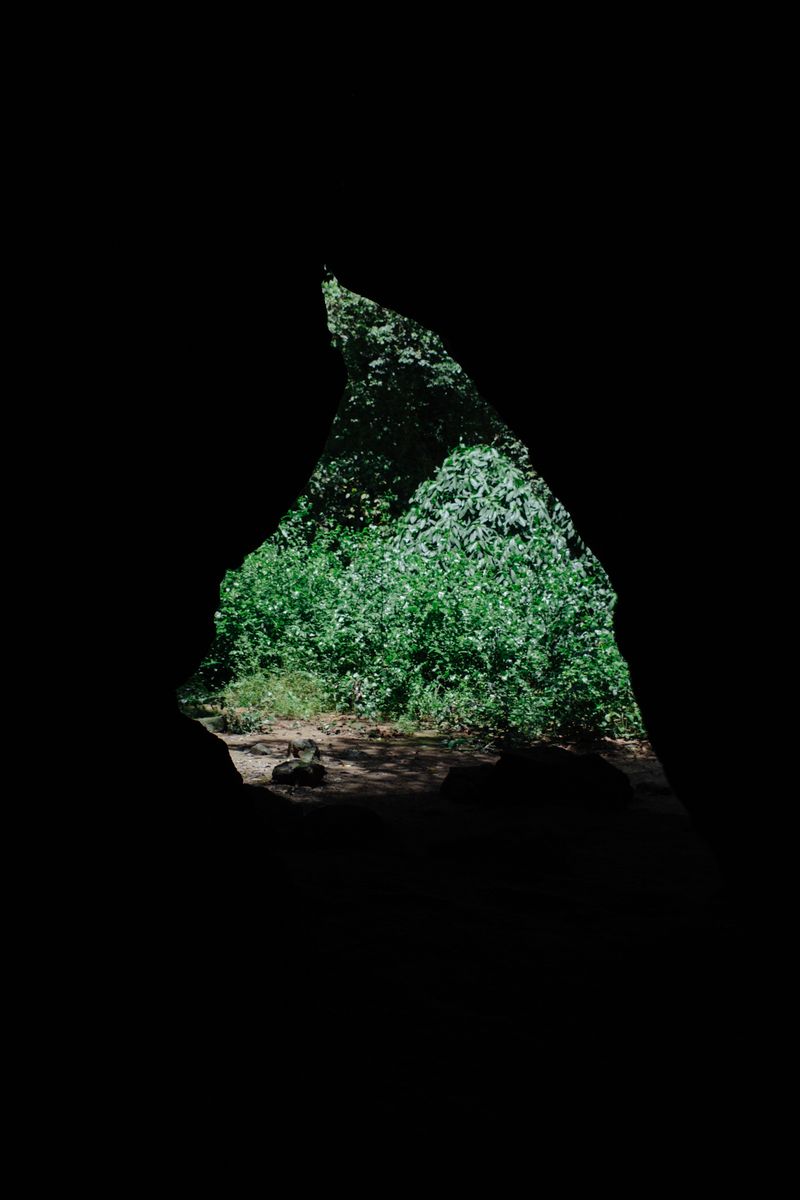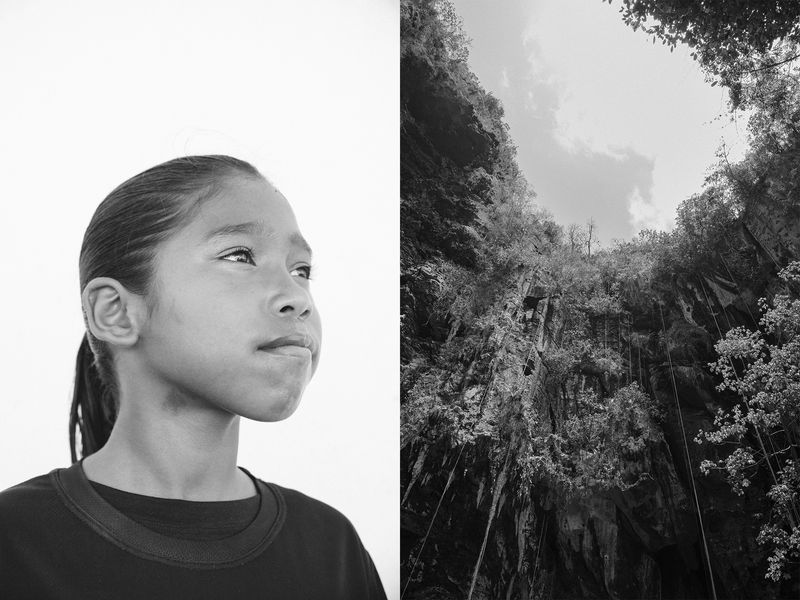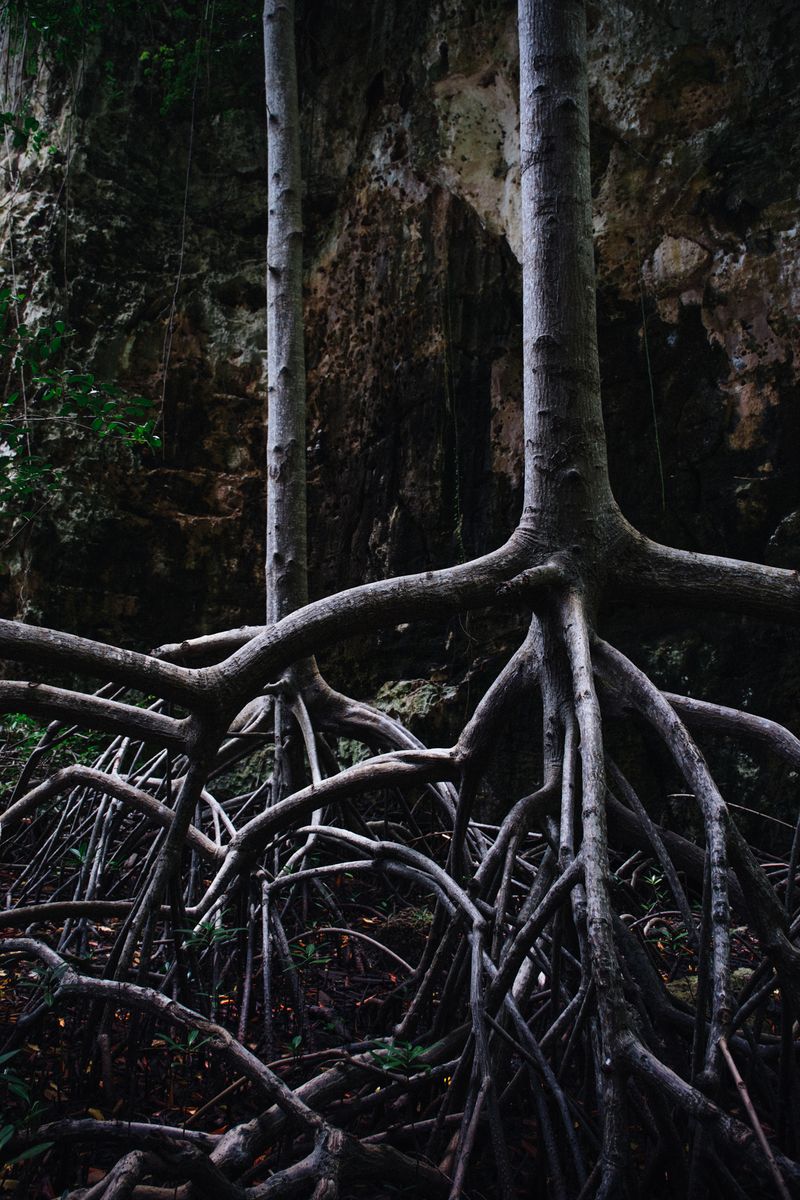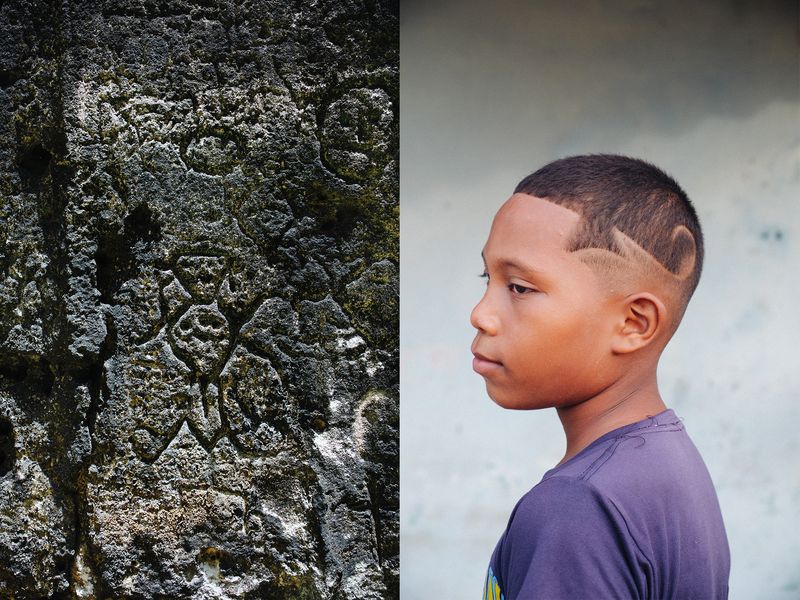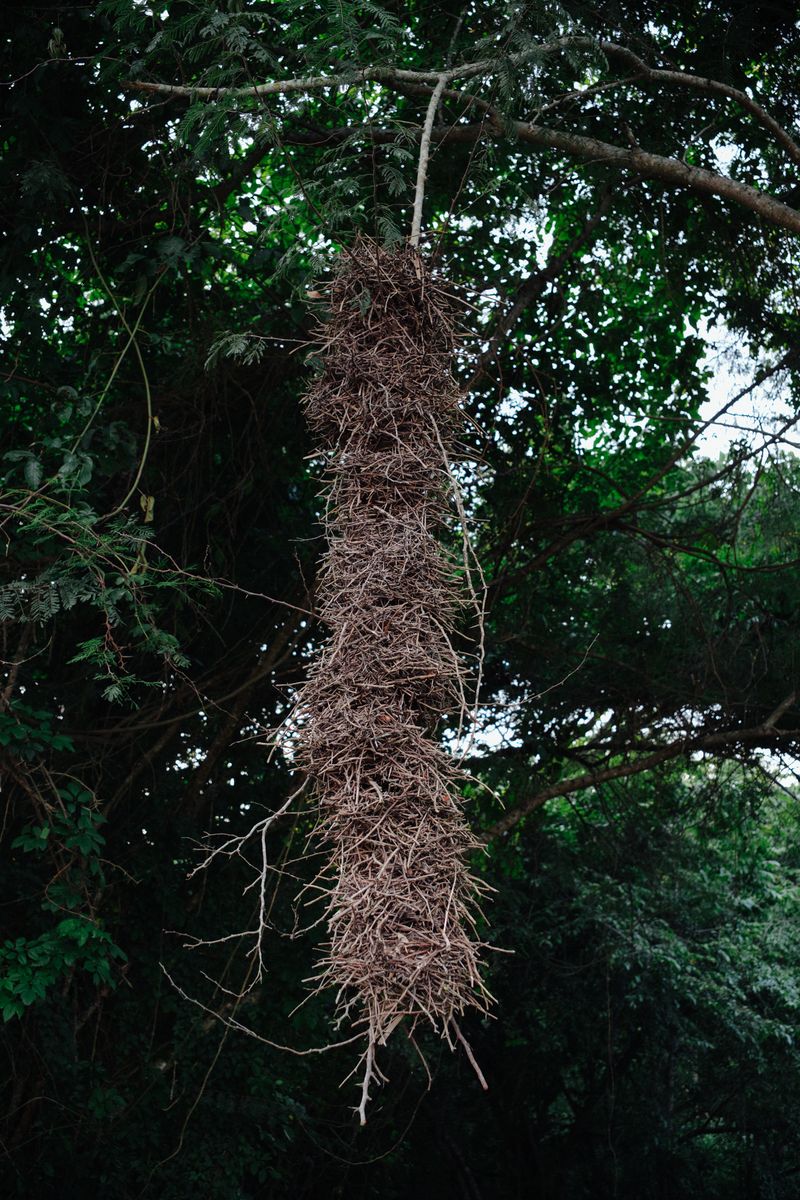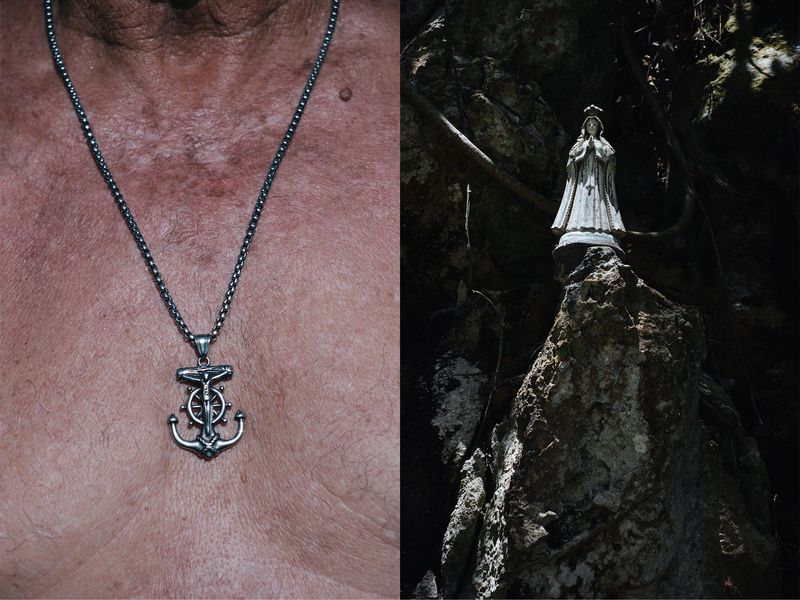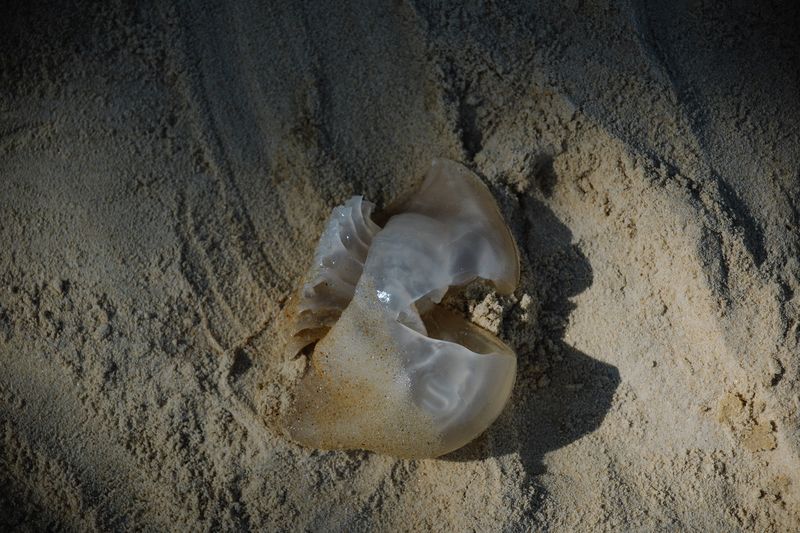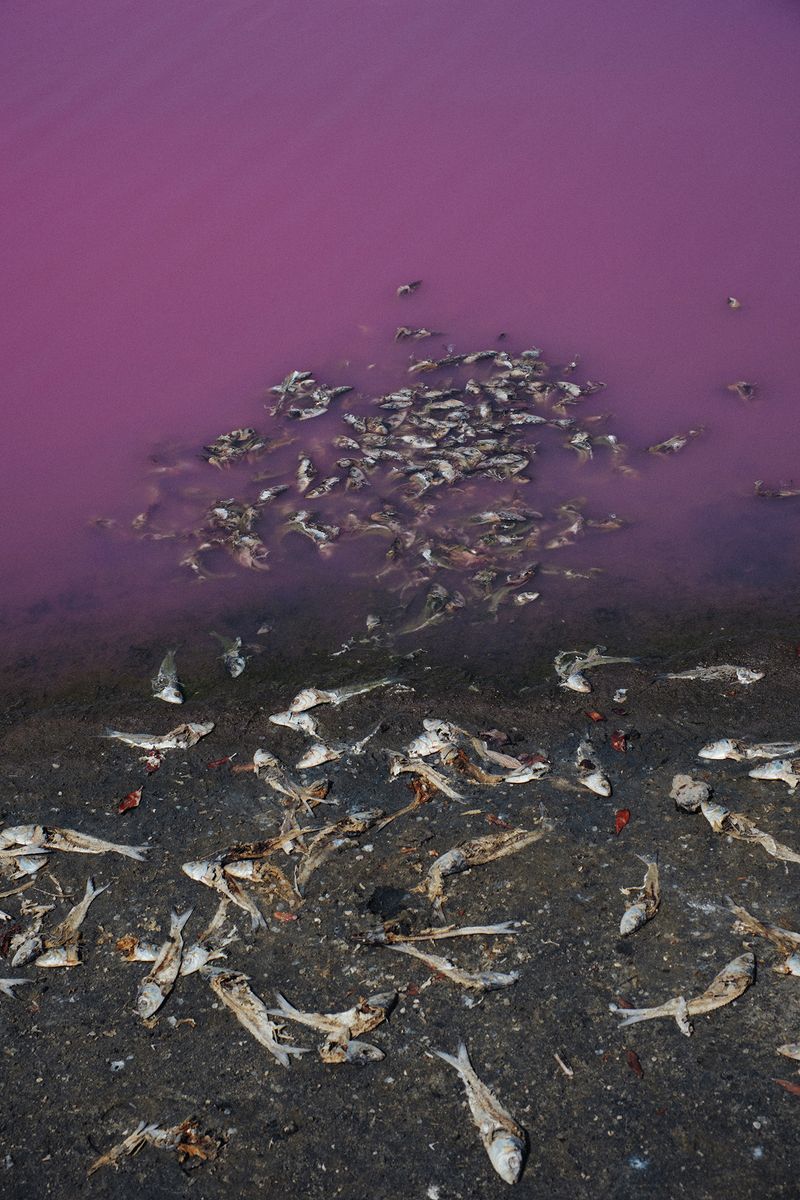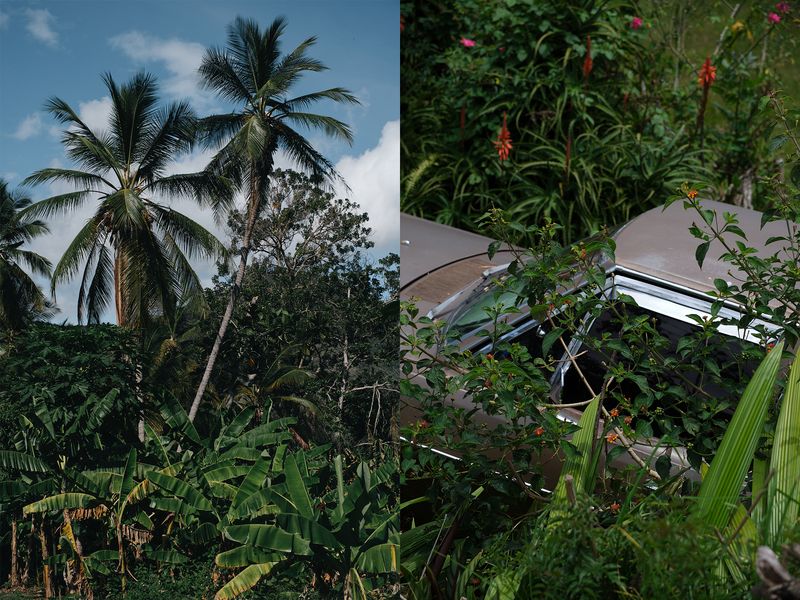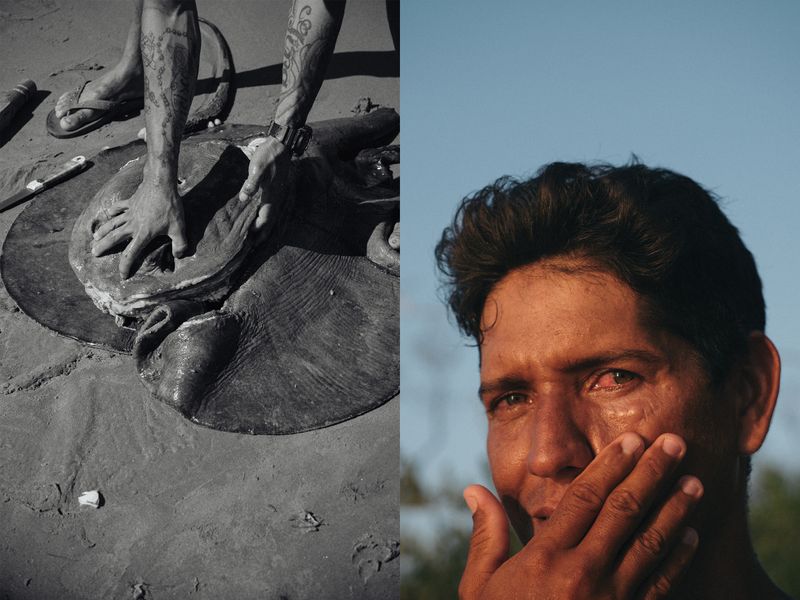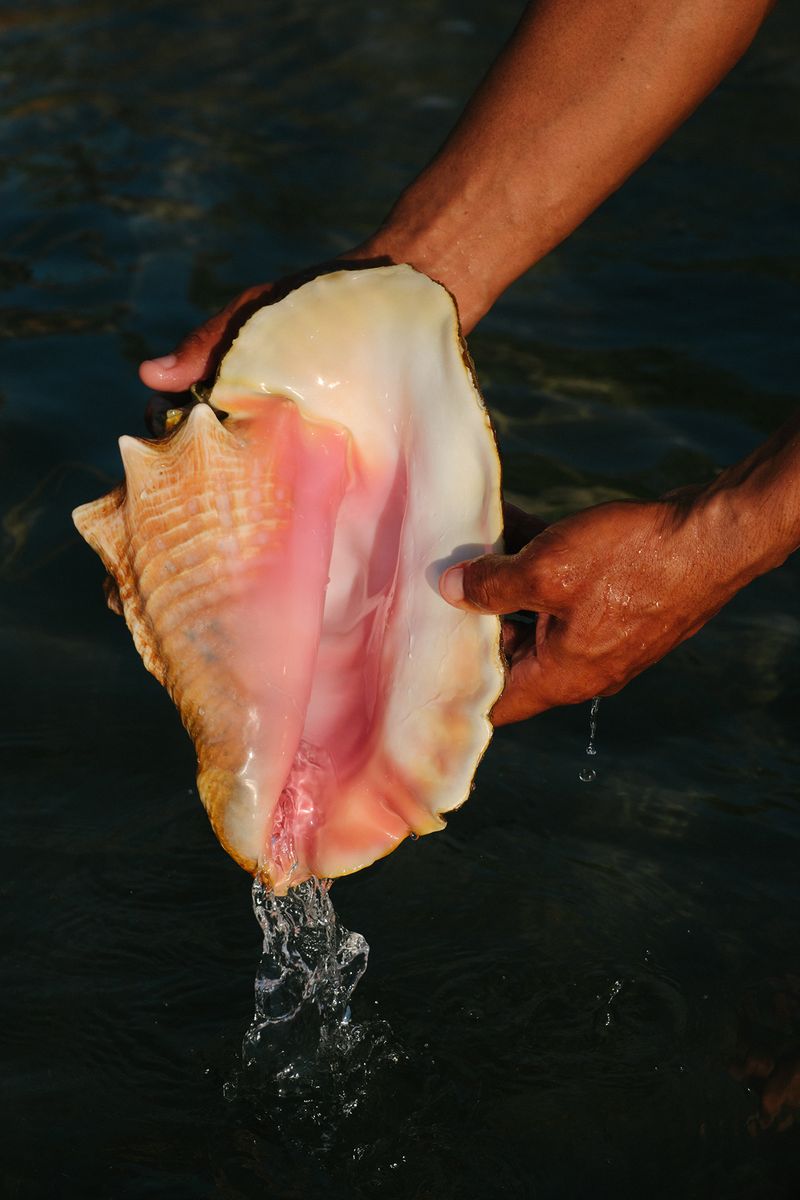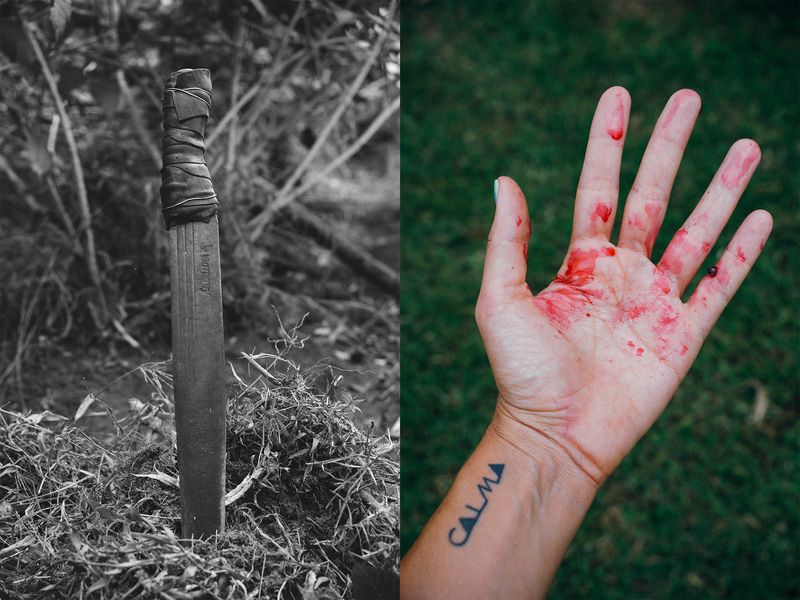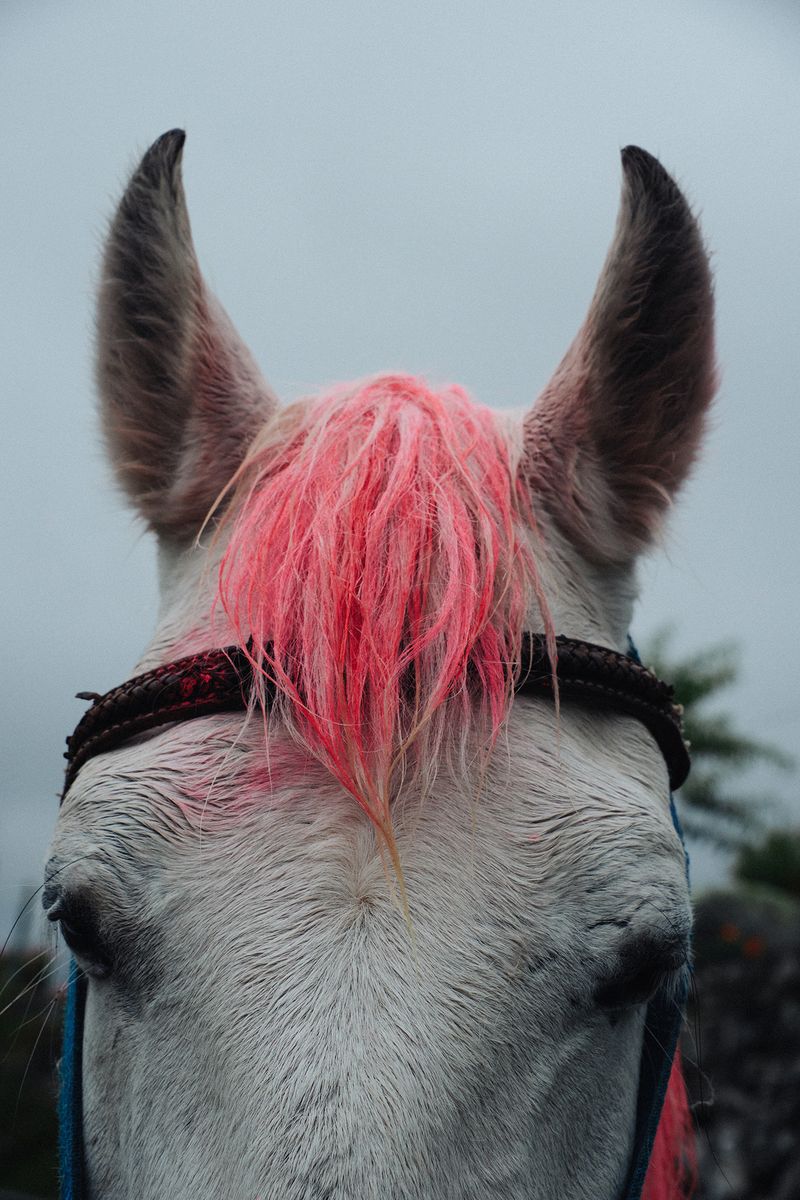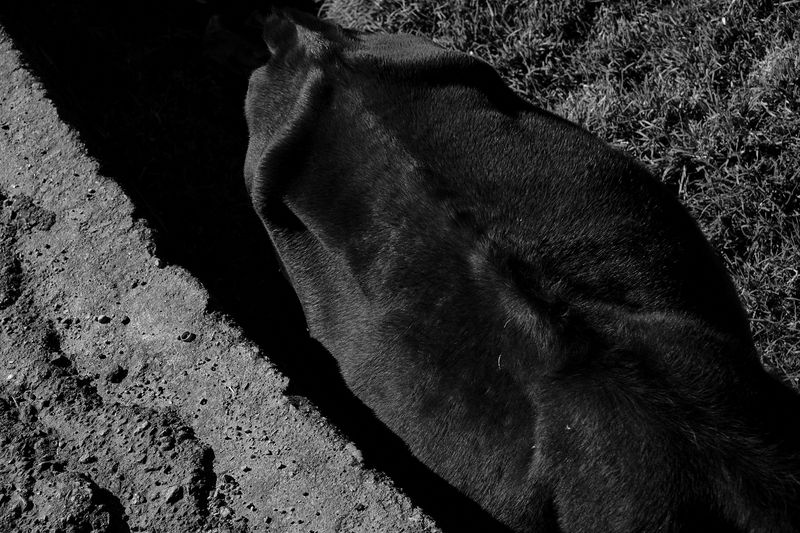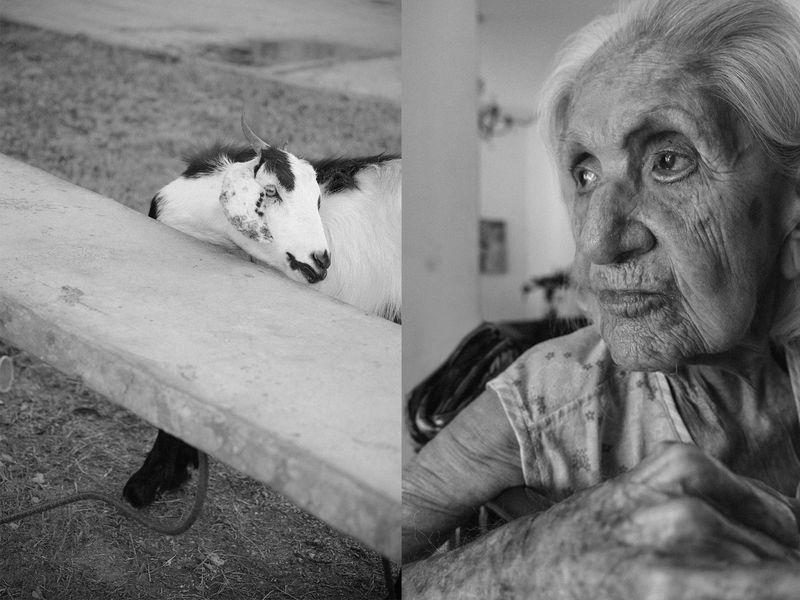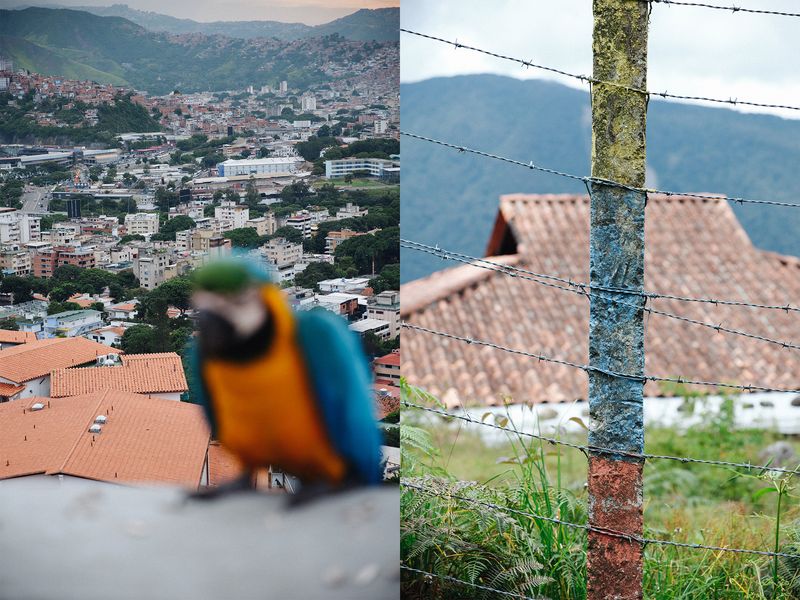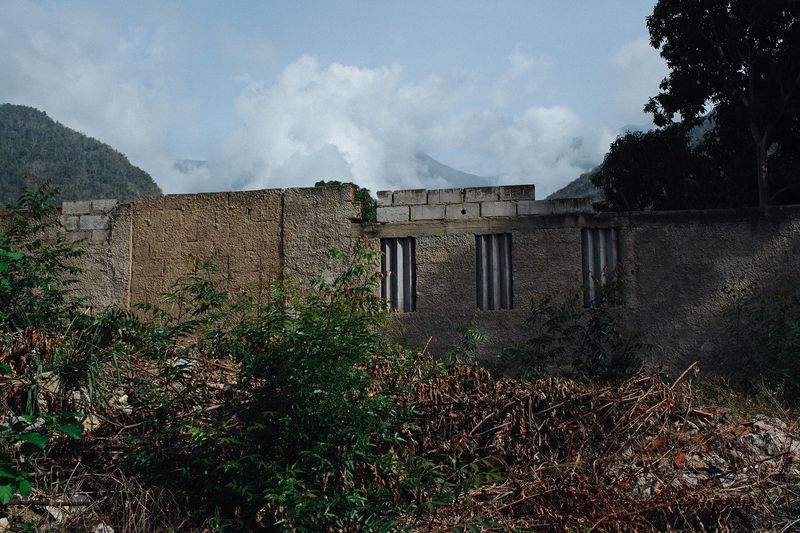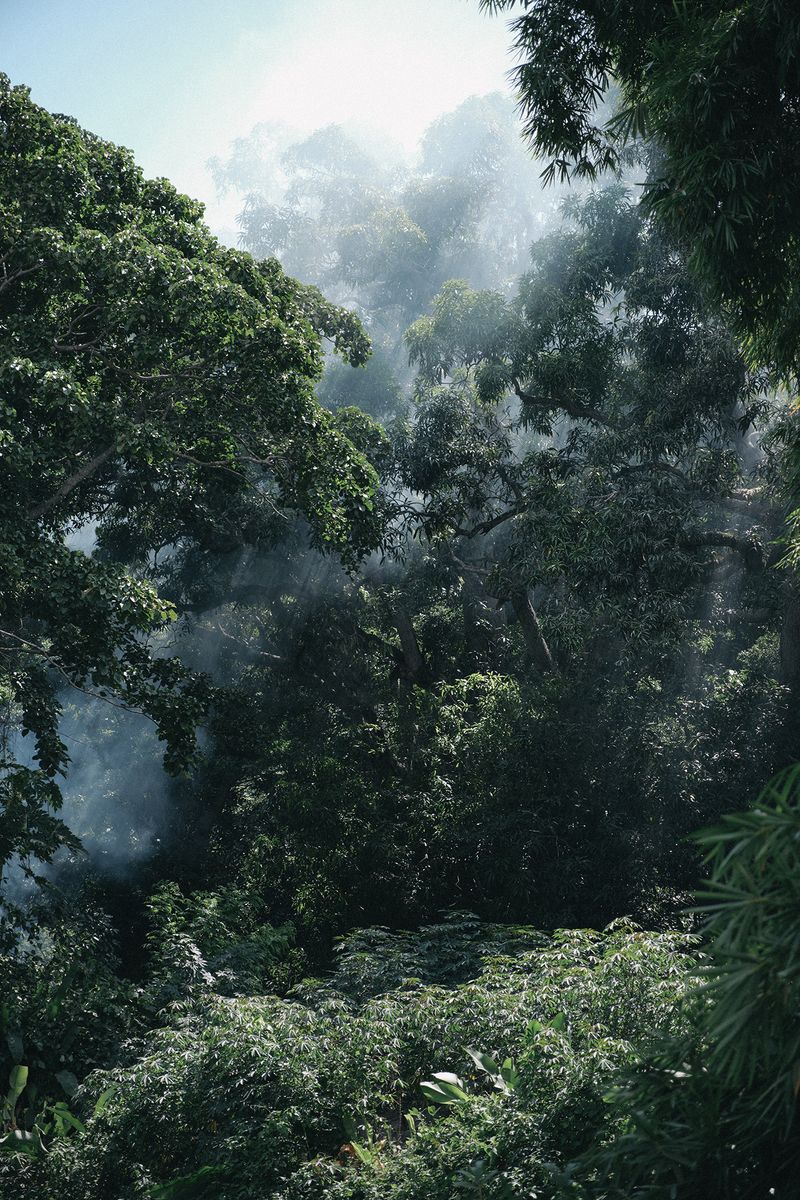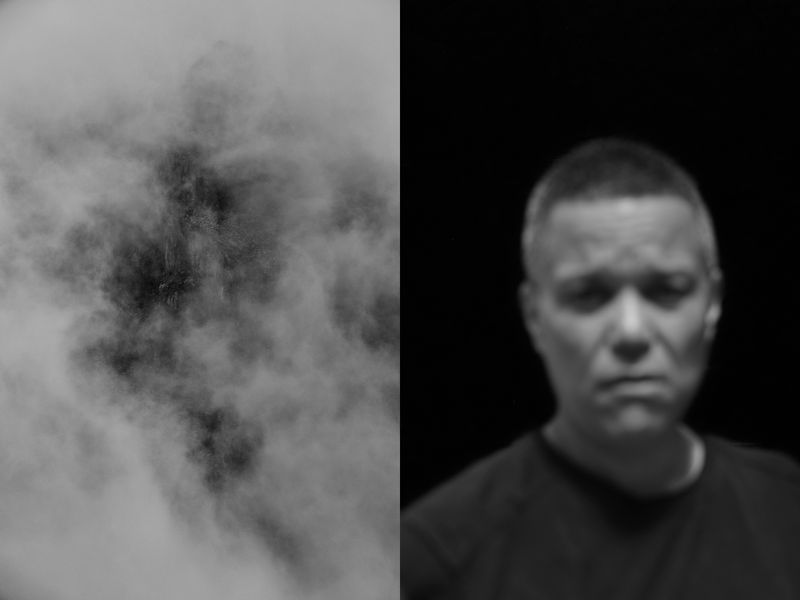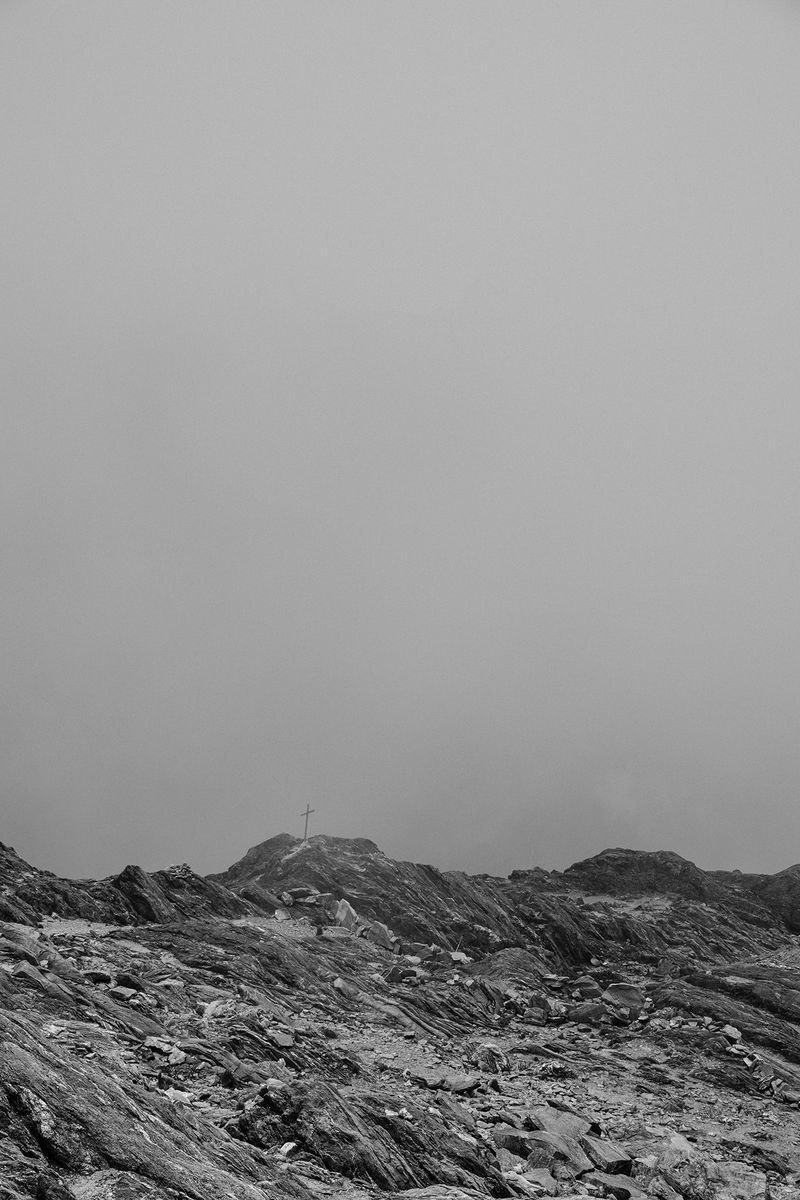La Matria que me parió (the motherland that bore me)
-
Dates2024 - Ongoing
-
Author
- Location Venezuela, Venezuela
This is a personal journal that portrays the contradictions upon my return to my home country, Venezuela, after 14 years away. As part of a long healing process I went back to the womb to reconnect with my sense of belonging in the middle of a turmoil.
This is a personal journal that portrays my return to my home country, Venezuela, after 14 years of not being able to visit it. In the summer of 2024, as part of a long healing process, I was able to return to the Matria (the motherland); to the womb and my very first nest. I went back to gather parts of me that were still scattered there, and reconnect with my roots; now as an adult woman. I did a road trip from the Capital through the Caribbean, and the Andes, with my 74 year old mother driving us through many places that meant a lot for us.
I decided to photograph from my gut feeling, connecting to the idea of what it means to be present there, and in my body. The everlasting anxiety that overwhelmed me during so many years of living in the diaspora, without a strong sense of belonging, finally disappeared. Suddenly, time felt as if it passed differently, calm was now present, my body recognized the salt of the Caribbean breeze, the taste of the fruit, and the sounds from the local birds. Maybe the time apart takes a different scale when one returns to something so familiar.
I realised that paradise, with all of its tragic (and magic) realism, also inhabits within me. With all of its beautiful exuberance and its very deep wounds. Venezuela and I, full of our very own contradictions, and despite the time, were able to embrace each other again.
However, it turns out that time did pass for both of us, and a lot has been torn apart over the last decades. How much has my motherland suffered these years? I asked what the macaws and the vultures had seen. I searched for clues among the dying coral reefs and at the top of the foggy Andes peaks. I found myself in a Venezuela that’s been gravely injured by colonialism and the ongoing socio political crisis, oppressed by a narco-government that does not respect human rights, that rapes its natural resources to the point of an ecocide, and that kidnaps any possible hope for change. The bodies there live in constant alarm with the survival instinct fully activated by a million tensions and uncertainties. I was able to see the time that I missed reflected in the ruins of once prosperous buildings, on the tired gazes, on the children that have never seen a different reality, on the memories trapped like ghosts of a population that left, and that makes the largest migration wave worldwide.
Now, as I digest the images back in my home in Barcelona, I am able to put together the contradictions of belonging to such a tragic paradise, of the calm and the anxiety. I process their meaning with a poetic approach in search of continuing the catarsis.
